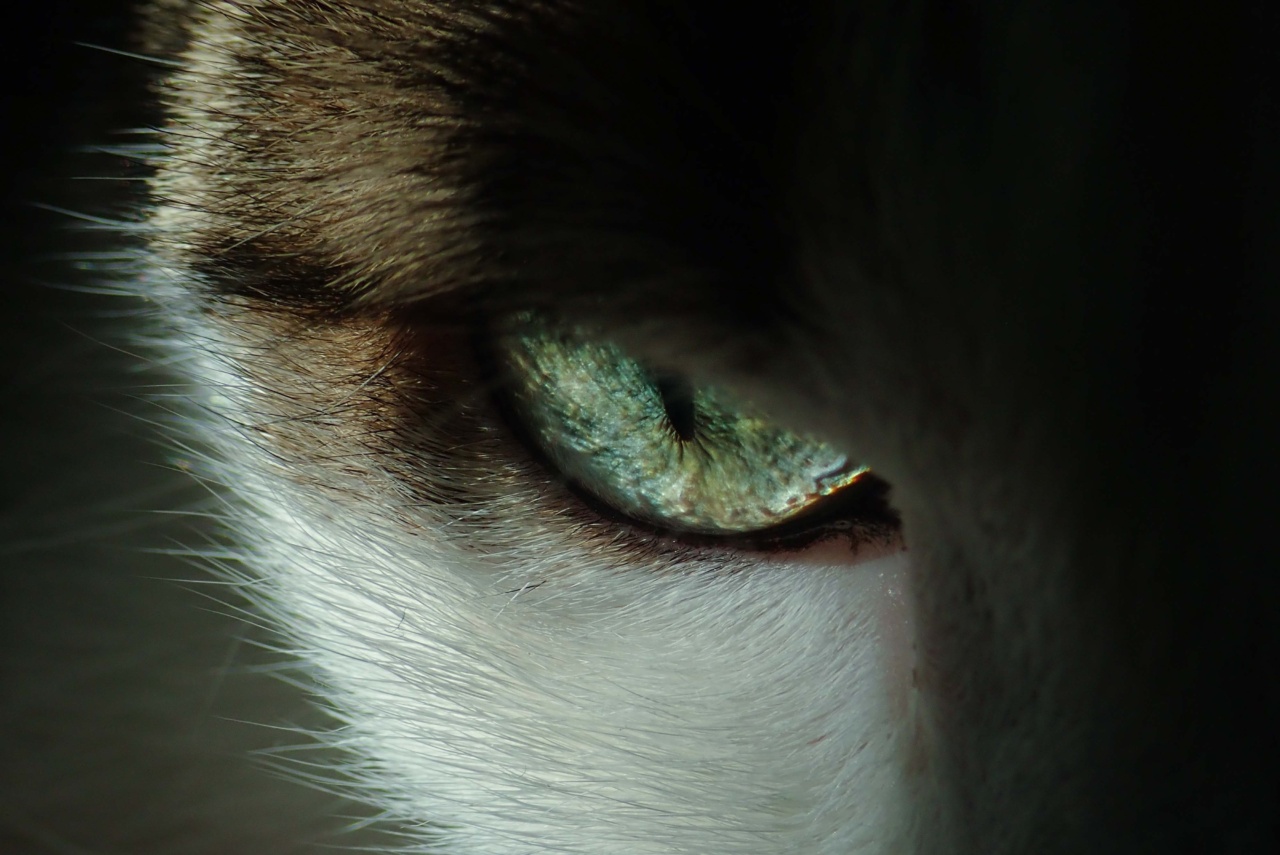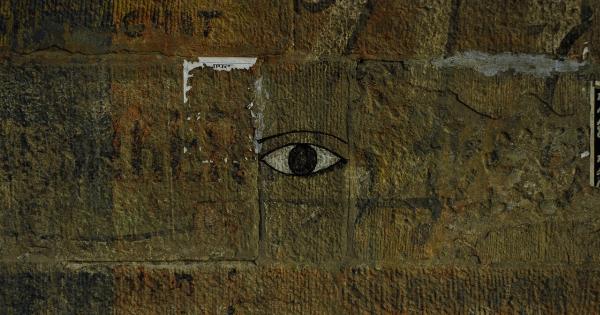Have you ever wondered why some babies are born with a particular eye color, only to have it change later on? Most of us believe that a baby’s eye color is determined by the color of the parents’ eyes.
While there’s some truth to this, there’s actually a lot more going on behind the scenes. Let’s dive in and explore some of the factors that influence a baby’s eye color and how it can change over time.
Genetics
As mentioned earlier, genetics play a role in determining a baby’s eye color. There are two main genes that determine eye color – OCA2 and HERC2.
These genes control the production and distribution of melanin, the pigment responsible for the color of our skin, hair, and eyes. OCA2 controls the amount of melanin produced by the body and how it’s distributed in the iris, while HERC2 regulates the OCA2 gene.
When a baby is conceived, they receive two copies of each gene – one from the father and one from the mother. The baby’s eye color will depend on which variations of the OCA2 and HERC2 genes they inherit.
For example, if both parents have brown eyes, their child is likely to inherit two copies of the OCA2 gene with higher amounts of melanin, which will result in brown eyes. If one parent has blue eyes and the other has brown eyes, their child may inherit one copy of the OCA2 gene with higher melanin and one with lower melanin, which can result in green or hazel eyes.
Melanin Production
Another factor that influences a baby’s eye color is the amount of melanin produced by their body. Melanin is produced by special cells called melanocytes, which are located in several places in our bodies, including the skin, hair, and eyes.
The amount of melanin produced in the iris of the eye can determine the color of the eyes.
At birth, most babies have very little melanin in their eyes, which makes them appear blue or gray. As the baby grows, their eyes begin to produce more melanin, which can change the color of their eyes.
Some babies’ eyes don’t produce enough melanin to change the color from blue, while others may produce more melanin, resulting in a change in eye color from blue to green, hazel, or brown.
Eye Pigment at Birth
Another factor that can influence a baby’s eye color is the pigment present in their eyes at birth. Each baby is different, and some babies may be born with more pigment in their eyes than others.
This can affect the color of their eyes, as babies with more pigment may have darker eyes compared to those with less pigment.
Age of the Baby
Babies’ eyes can continue to change as they grow and develop. In some cases, a baby’s eye color may not fully develop until they are six to nine months old or even up to a year old.
This is because the melanin production in their eyes is still evolving, and it takes time for the melanocytes to produce enough melanin to create a stable eye color.
Eye Injuries or Disease
In rare cases, eye injuries or diseases can cause a baby’s eye color to change. This is because the injury or disease can damage the melanocytes in the iris, preventing them from producing melanin or causing them to produce too much melanin.
This can result in a change in the color of the eyes.
Conclusion
As we’ve explored in this article, there are several factors that can influence a baby’s eye color and why it may change over time.
While genetics play a significant role, other factors, such as melanin production and pigment present at birth, also play a role. It’s important to remember that every baby is unique and may develop eye color at their own pace – some may even have eyes that change color multiple times throughout their life.




























